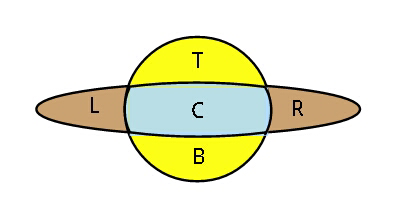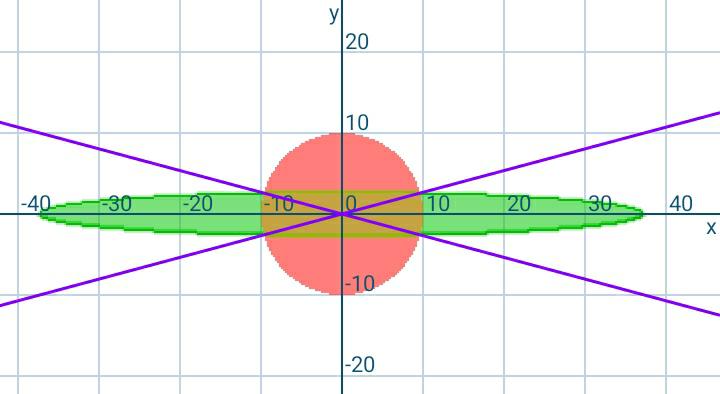
Question and Answers Forum
Question Number 45313 by ajfour last updated on 11/Oct/18

Commented by ajfour last updated on 11/Oct/18

Answered by MrW3 last updated on 12/Oct/18

Commented by MrW3 last updated on 12/Oct/18

Commented by ajfour last updated on 12/Oct/18

Commented by behi83417@gmail.com last updated on 12/Oct/18

Commented by ajfour last updated on 12/Oct/18

Commented by behi83417@gmail.com last updated on 12/Oct/18

